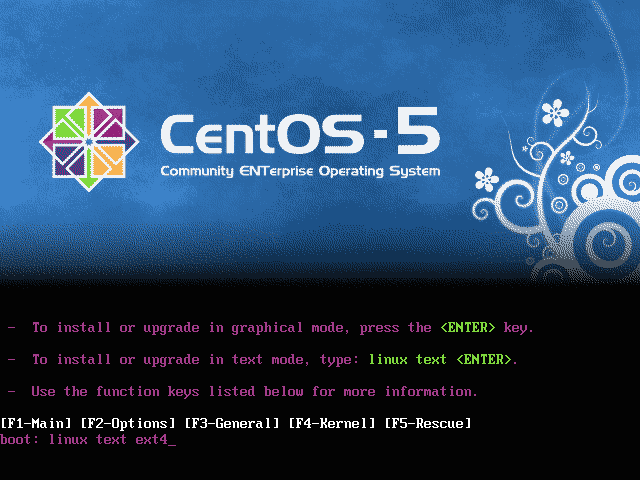My first experience with linux was in 1997 when I've tried SlackWare linux 5.0. I remember how I've installed it and look like a reindeer on black screen waiting for the interface, but see nothing, only black screen and #root with blinking cursor. Well… I continued to use Windows NT 4.0 server and silently thinking about linuxzzzz guys as masochists stacked in DOS era. Until bad stuff happened. The project I appeared to be involved in requested from me to create file server for my Linguistics University library with 10 500 000 small TXT files obtained from metropolitan. Having quite fast SCSI in RAID-5 devices I couldn't realize why the performance is so slow. Another fact that this library set could contains up to 60 sub sub sub folder in depth with different languages folders names and up to 13000 thousands files per folder, by which smart gurus explained me that NTFS file system will not cope with it.
Tag Archives: CentOS
What MySQL version to choose
The answer looks to be very simple. It depends on the Linux distribution you are using. The best is to use built-in version into your distribution.
I do not recommend to build own version especially for production server, leave it to who got time for this.
What to do if your distribution got old version of MySQL like it usually happens with CentOS ? Use another good known repositories repositories. It is more safe than to build your own MySQL.
Another thing you have pay attention is that version from version new features might be not functional with you previous configurations.
Usually MySQL config file store in /etc/my.cnf; This file could contain your own config settings, but after update they could be not functional with new version, so it’s better to backup this file and to remove it form /etc location and use generic file, by adding one by one parameters from your previously saved my.cnf file.
As for me I use Les RPM de Remi as repository for CentOS to install MySQL. It is always fresh and tuned there and I never had any problem with update or remove of MySQL with this repository.
Linux CentOS
Please note this is specific manual (non general installation).
Why Linux CentOS ? First of all it is the replica of RedHat. Second – it is stable, if the package is inside the CentOS – means this package is almost bugs free. Third – if you wish to install new packages and avoid dependencies hell, you can use standard YUM and be happy. It is also the only true alternative to RedHat linux.
So which way of installation to choose ?
I prefer CentOS x64 bit version, due to the heavy load web projects requires definitely more than 4GB of RAM. I also prefer CentOS network boot installation where you can get only 15 MB file like ‘CentOS-5.6-x86_64-netinstall.iso‘. Such a small image will give you opportunity to install you server via the following tools like KVMoverIP and brand solutions like DRAC (Dell), RSA (IBM) or iLo (HP).
Once you’ve downloaded the image and will start installation you will see the screen like this.
I suggest the following parameters after boot: linux text ext4 Continue reading

